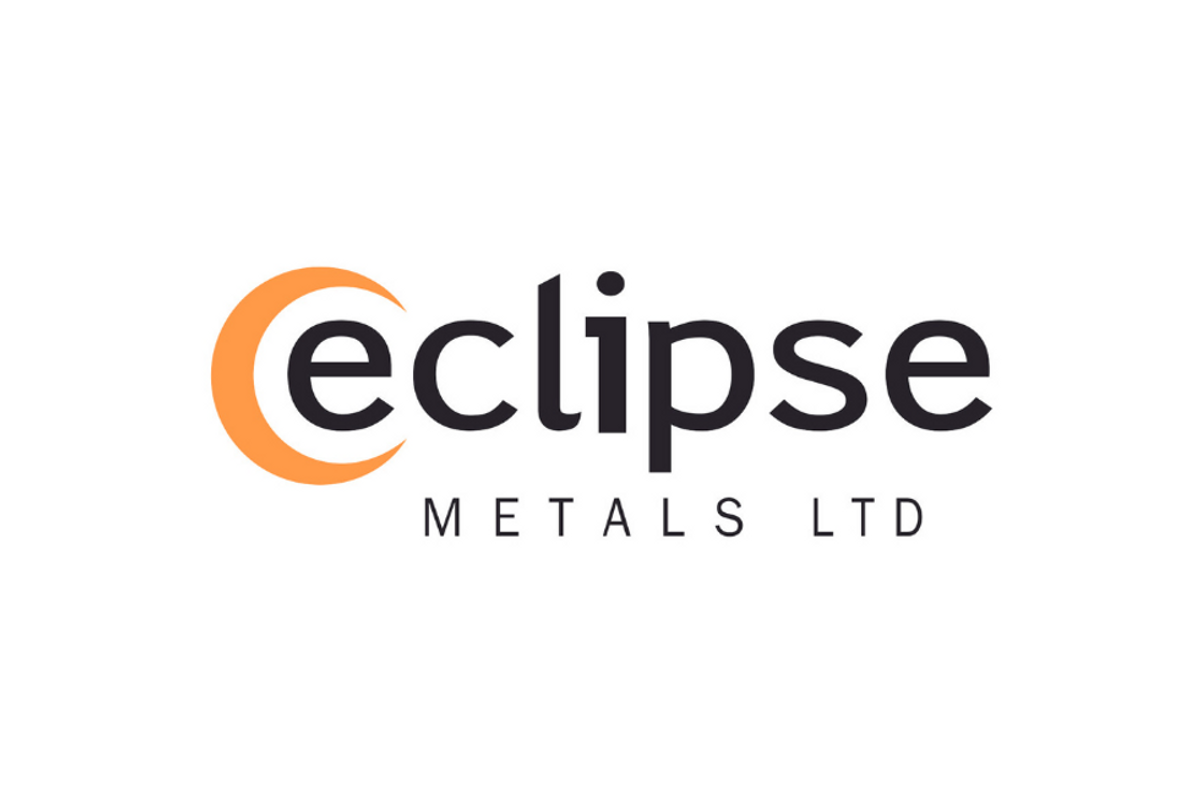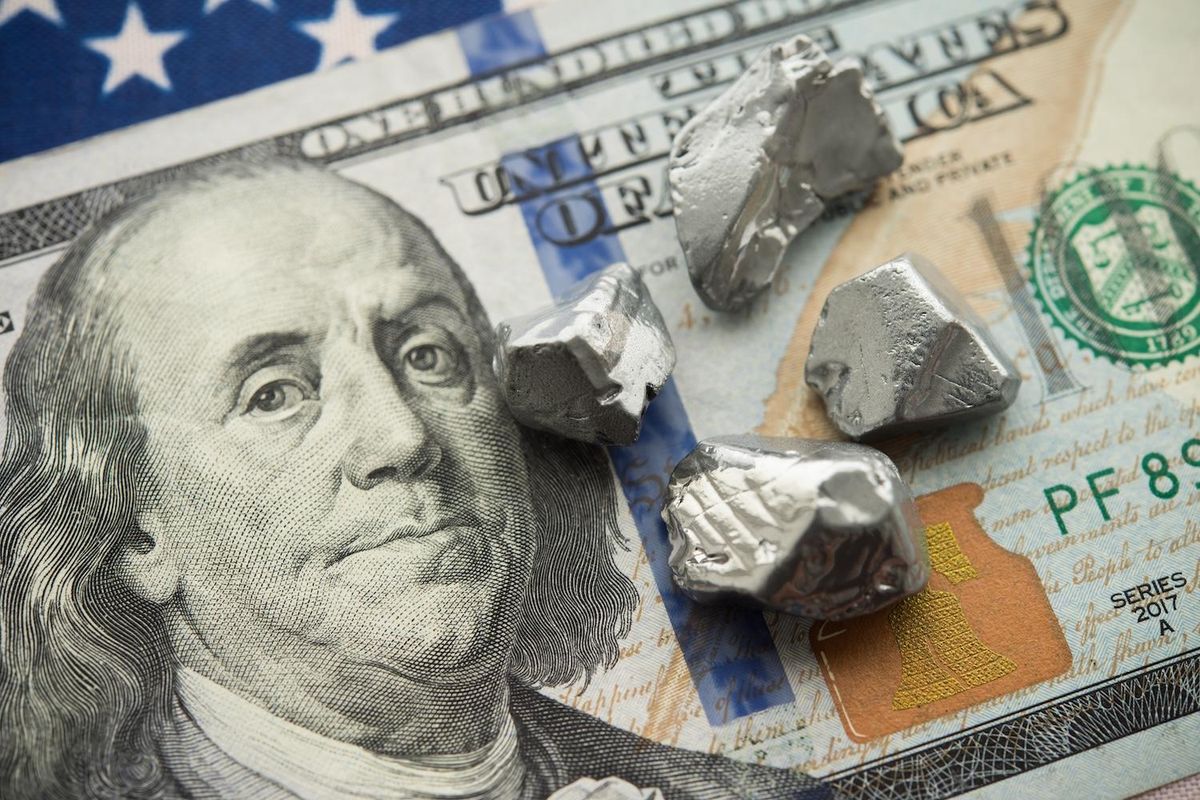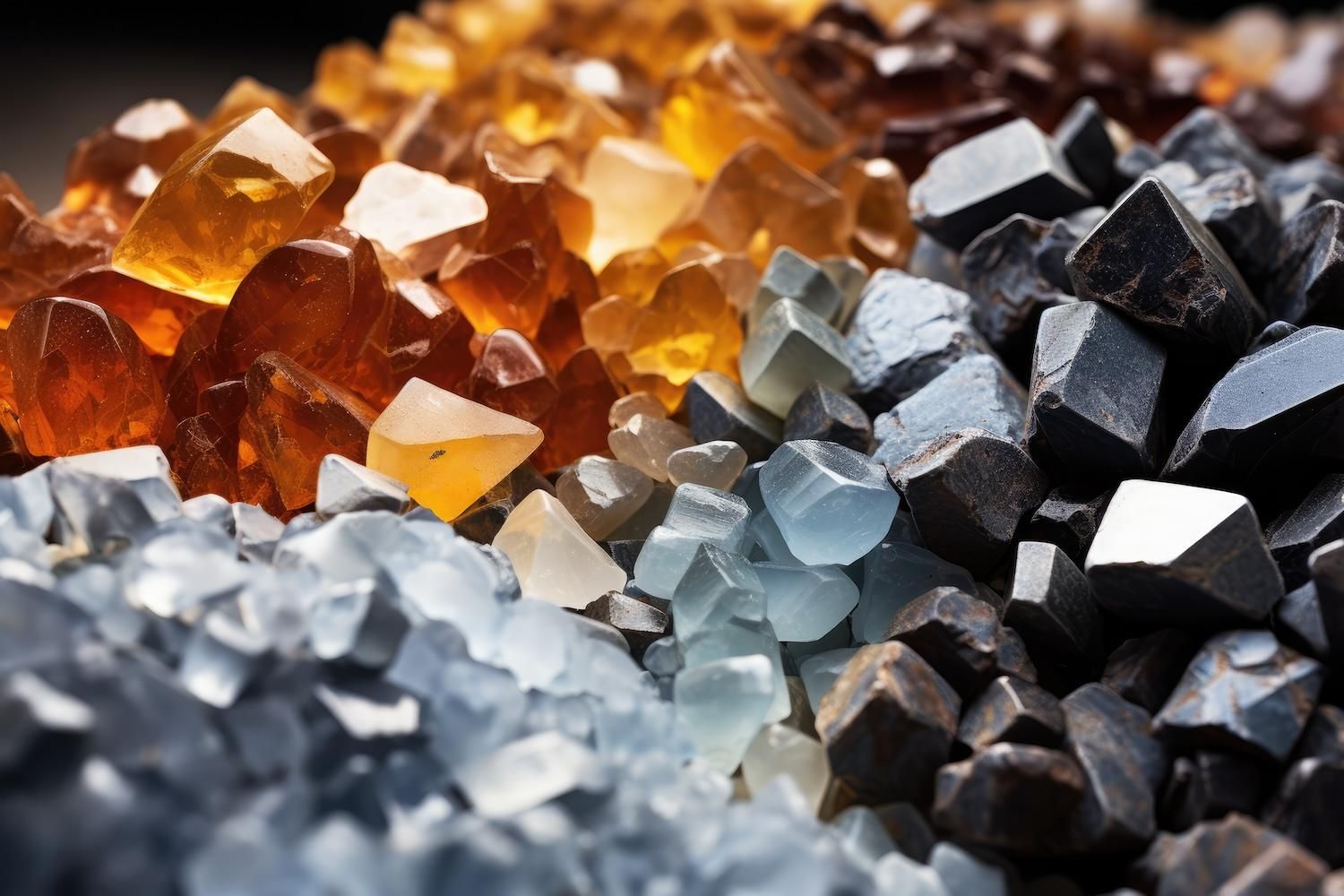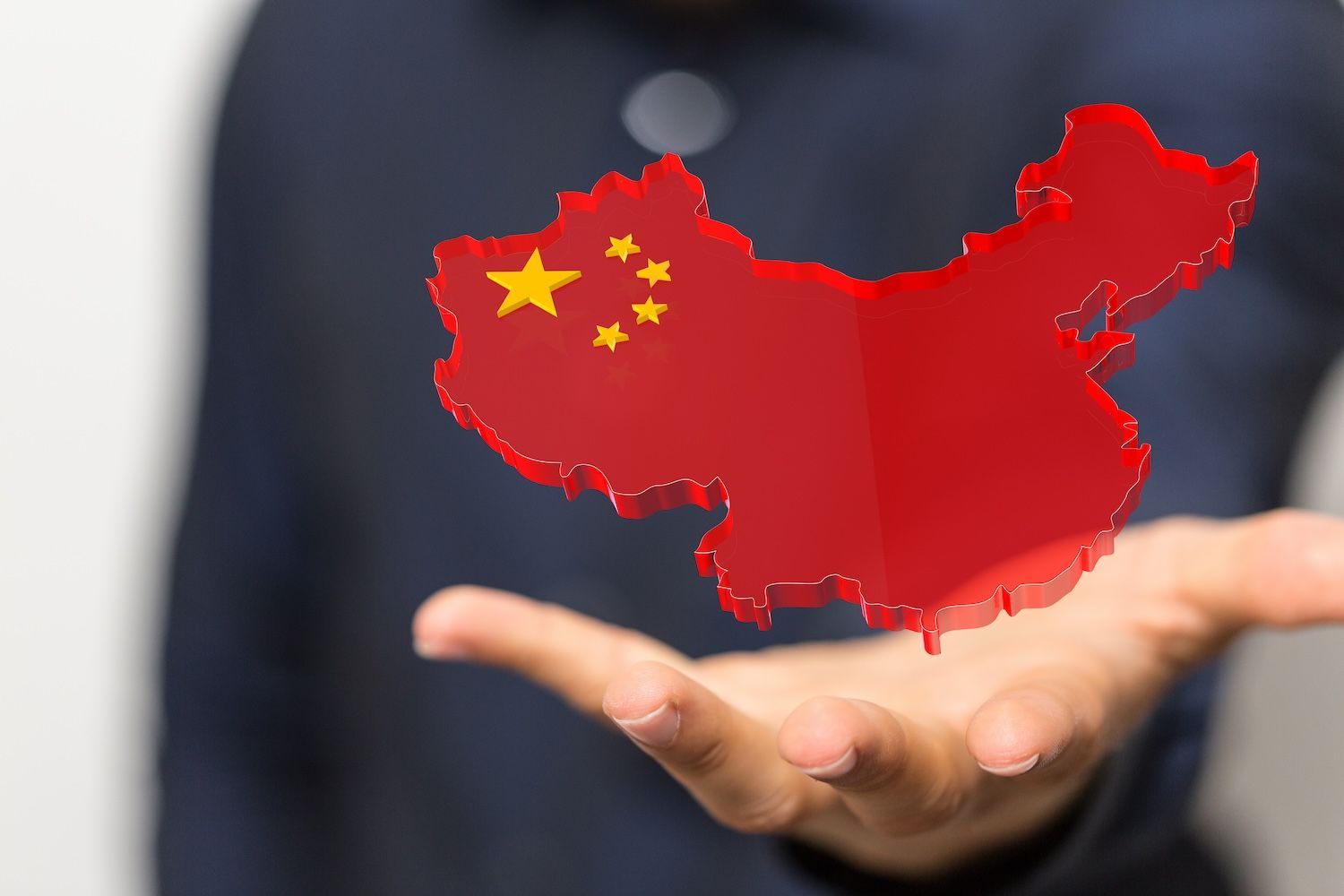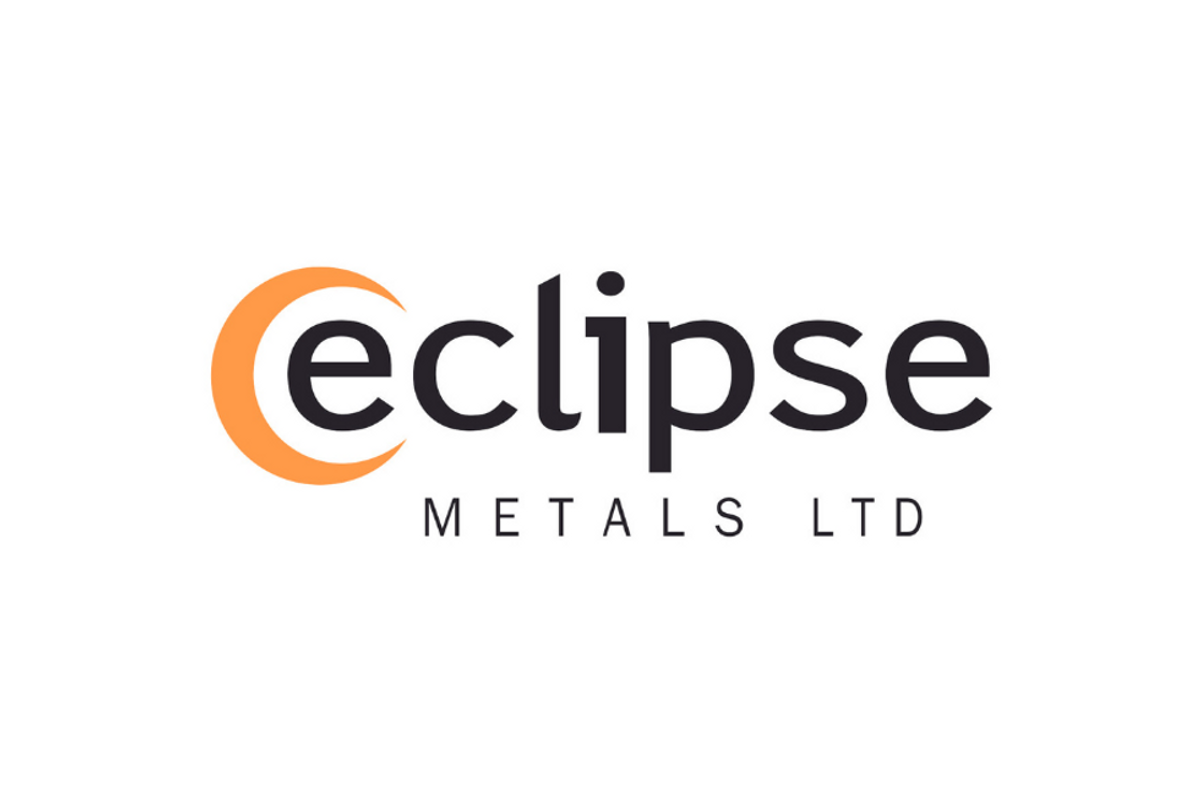
April 27, 2025
Eclipse Metals Ltd (ASX: EPM) is pleased to report highly encouraging analytical results from 23 selected core samples from six historic diamond drill holes that were completed at the Company’s flagship Ivigtût multi-commodity project in southwest Greenland.
The results confirm the presence of high-grade rare earth element (REE) mineralisation at the Grønnedal Prospect, which is located within the Ivigtût Project Area.
The analyses, conducted by SGS Laboratories in Canada, demonstrate the occurrence of significant Total Rare Earth Oxide (TREO) values. A sample from drillhole R between 25.5 and
25.8m returned 20,092ppm (2.01%) TREO thus reinforcing the project's potential as a strategically located and globally significant source of magnetic and critical REEs essential for decarbonisation and advanced technologies.
Significant Analytical Results include:
- Drillhole R (25.5–25.8m) returned 20,092ppm (2.01%)TREO with 4,677ppm Nd₂O₃, 1,143ppm Pr₂O₃, 246ppm Dy₂O₃, 855ppm Y₂O₃ and 58ppm Tb₂O₃;
- Drillhole S (14.7–15.2m) returned 17,595ppm TREO including 4,269ppm Nd₂O₃, 484ppm Y₂O₃ and 371ppm Gd₂O₃
Director of Eclipse Metals, Mr Carl Poppal, stated:
“These latest analytical results are outstanding. They exceed our expectations and confirm the scale and quality of REE mineralisation present at depth in the Grønnedal prospect. With TREO grades over 2%, including significant Nd, Pr, Dy and Tb concentrations, the magnetic rare earth potential is truly world-class. Importantly, these findings allow us to calibrate the HyperXRF system, enabling rapid assessment across the broader project area and helping fast-track our pathway to an expanded MRE and feasibility development.”
Introduction
The Grønnedal carbonatite-hosted mineral resource is located within the Grønnedal Igneous Complex (Figure 1). The initial mineral resource estimate (MRE) (Table 1) is based on limited shallow drill testing of a small portion of the larger carbonatite complex.

The MRE is underpinned by analytical data derived from both exploration trenching and shallow drilling programs (refer to ASX announcement 25 July and 8th August 2023). Thus, the vertical extents of the MRE are limited to an average depth of only 12m.
In 1950, Kryolitselskabet Øresund A/S, Cryolite Company drilled six diamond holes in the vicinity of the Grønnedal resource to test for a potential iron ore deposit (Figure 1). This drilling extends to depths of up to 200m.
During 2024, the Greenland Government granted Eclipse permission to conduct non-destructive analyses of the government-archived core from these drillholes using the Minalyze XRF TruScan technology developed by Veracio in Gothenburg, Sweden. These data, which are summarised in Table 2, suggest that anomalous rare earth mineralisation, as defined by six key indicator elements, extends to depths of approximately 200m (refer to ASX announcement January 2025).

To verify the TruScan data, conventional laboratory analyses were required. In late 2024 Eclipse were allowed to extract small specimens from selected core intervals, using sampling protocols approved by the Greenland Government, from 23 intervals representing key lithologies for analytical test work. Sample treatment was carried out by SGS Lakefield, Canada using a sodium peroxide (Na₂O₂) digestion followed by ICP-MS (Inductively Coupled Plasma Mass Spectrometry).
Click here for the full ASX Release
This article includes content from Eclipse Metals, licensed for the purpose of publishing on Investing News Australia. This article does not constitute financial product advice. It is your responsibility to perform proper due diligence before acting upon any information provided here. Please refer to our full disclaimer here.
EPM:AU
The Conversation (0)
25 March 2024
Eclipse Metals
Pursuing Multi-commodity Assets to Support Decarbonization
Pursuing Multi-commodity Assets to Support Decarbonization Keep Reading...
12 December
ReeXploration Announces Field Program Results Confirming Large-Scale Uranium Target at Eureka, Namibia
Ground radiometrics, soil geochemistry and mapping reinforce the potential for a Rossing-style system beneath shallow coverReeXploration Inc. (TSXV: REE) (FSE: K2I0) ("ReeXploration" or the "Company") is pleased to announce results from its uranium field program, which provide strong support for... Keep Reading...
09 December
Pensana Secures US$100 Million Investment for US Mine-to-Magnet Plan
Pensana (OTC Pink:PNSPF) reported on Tuesday (December 9) that it has concluded a US$100 million subscription with a strategic investor.According to the London-listed company the deal underpins its braoder Mine-to-Magnet strategy in the United States.While the company kept the investor... Keep Reading...
07 December
U.S. Investors Lead Oversubscribed $17m Placement
Locksley Resources (LKY:AU) has announced U.S. Investors Lead Oversubscribed $17m PlacementDownload the PDF here. Keep Reading...
04 December
ABx Receives First Mixed Rare Earth Carbonate Sample from Deep Leads
ABx Group (ASX:ABX) said the Australian Nuclear Science and Technology Organisation (ANSTO) has produced the first mixed rare earth carbonate (MREC) sample from the Deep Leads resource in Northern Tasmania.A Tuesday (December 2) press release states that the ANSTO sample contains 4 percent... Keep Reading...
02 December
China Issues First Streamlined Rare Earth Export Licenses
China has reportedly issued the first batch of streamlined rare earth export permits since its implementation of a new rare earths licensing regime following the recent Trump-Xi summit.A source told Reuters that at least three firms now have “general licenses” allowing faster exports to some... Keep Reading...
26 November
Raises $2.25M to Expedite Developing Harts Range Project Post Metallium Deal
New Frontier Minerals Ltd (LSE and ASX: NFM) is pleased to advise that it has received firm commitments to subscribe for A$2,250,000 (before costs) through a placement of 107,142,857 shares ("New Share") to professional and sophisticated investors at an issue price of $0.021 per share... Keep Reading...
Latest News
Latest Press Releases
Related News
TOP STOCKS
American Battery4.030.24
Aion Therapeutic0.10-0.01
Cybin Corp2.140.00
